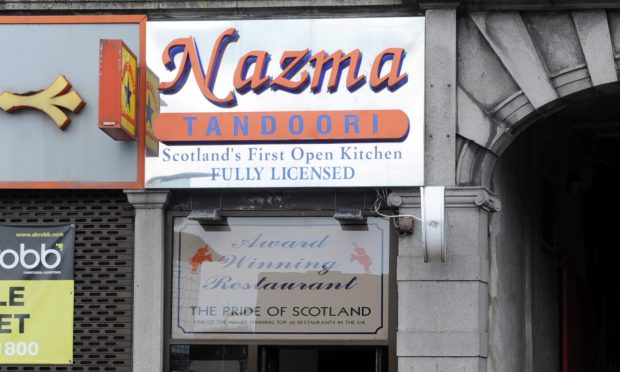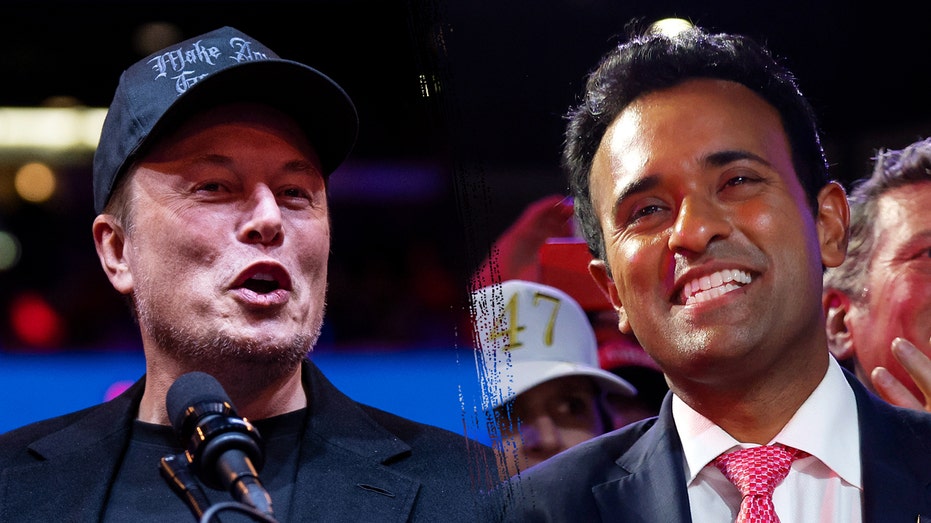
A little of this, a little of that. Negative political campaigning is hardly new. The first contested presidential election, in 1800, bristled with abuse.
In 1858, Stephen A. Douglas, the chief rival of Abraham Lincoln, said this of Honest Abe: “Can you Republicans deny ..
. that your candidate ..
. is the agent and attorney of the Illinois Central Railroad, making stump speeches on their money [and] ..
. taking the side of the company against the people?” According to historian Allan Nevins, Lincoln’s $5,000 fee from the railway enabled him to skip out on his law practice in order to concentrate on his race against Douglas for the U.S.
Senate. Lincoln lost and Douglas won. A scant 24-months later, Lincoln would be elected president.
FROM THE FILES: While exploring microfilm of old newspapers for books and articles I’m researching, off-subject items frequently draw my attention. One such item appeared in the Uniontown Morning Herald on June 3, 1936. It said Uniontown city council had reached a deal to buy the property “on Dunbar Street known as Bailey Park.
” A month earlier, in May 1936, the paper reported that Uniontown businessman Wallace Miller and his wife had put the land on the market. The cost was $9,000, a price “so fair and reasonable that Council could not well afford to pass it up.” By the time June rolled around, the federal government’s National Youth Administration was busy measuring Bailey Park for baseball and “mush ball” fields, tennis courts, a horseshoe court, and “possibly a little later, a swimming pool,” the paper said.
By way of clarification, the NYA was created during the Great Depression to give young men and women (16 to 25 years of age) valuable work experience and training. As to why the Bailey Park item drew my attention: Still a city park, it’s a gem of a place that is woefully underutilized. It’s been a happy place for generations of young ballplayers, including myself.
Here are two additional items from the newspaper file. On Oct. 4, 1935, a future mayor of Pittsburgh and governor of Pennsylvania, David L.
Lawrence, was the honoree at a banquet at the White Swan Hotel in Uniontown. Lawrence was then Pennsylvania’s secretary of the commonwealth and chair of the Democratic party, all of which is beside the point. The thing that was really interesting was 1.
) the hotel’s wait staff was on strike and 2.) that fact made attending the banquet impossible for a cohort of local politicos who refused to cross the picket line. Banquet emcee and party leader Horatio Dumbauld read a message delivered via telegram to the assembled audience.
“Circumstances over which we have no control make it impossible to attend tonight,” the telegram said. It was signed by state senator Anthony Cavalcante. The Morning Herald reported that “a large group of Democrats preferring to remain across the street from the hotel during the meeting” meant that 11 of 16 “honored guest chairs” went unoccupied for the festivities for Lawrence, whose name would later be slapped on the Pittsburgh convention center.
And, finally, this from the Oct. 19, 1936 edition of the paper: the dedication of the first World War I soldier statue at Five-Corners in Uniontown. At the ceremony marking the dedication, committee chairman J.
N. Kornick said the statue, consisting of a chiseled soldier of the Great War looming over the streetscape on a high pedestal, was not meant to “glorify war,” but to honor the fallen. Speaking to the boys and girls of the community – “the men and women of tomorrow” – Kornick said, “I hope this monument will bring to you thoughts of peace and harmony for all mankind.
” The story in the Morning Herald noted that “an airtight container was placed in the granite base and sealed.” The container, the story went on to say, held a scroll listing the names of the people who donated money for the monument’s construction; the names of the war’s local enlisted men; a membership list and insignia of American Legion Post 51; a badge of the Will F. Stewart Post 180, Grand Army of the Republic (Civil War); and sealed envelopes submitted by the Everson VFW and the Daniel M.
Bierer Camp No. 103, United Spanish-American War Veterans. Richard Robbins lives in Uniontown.
He can be reached at dick.l.robbins@gmail.
com..














